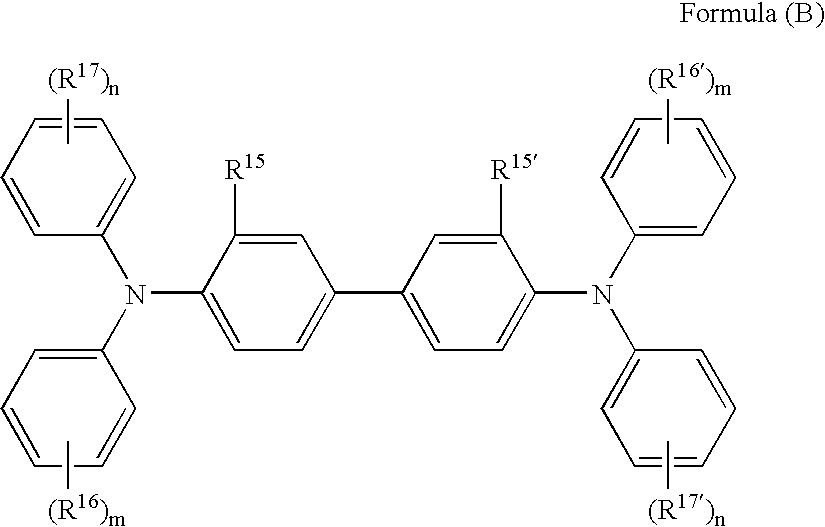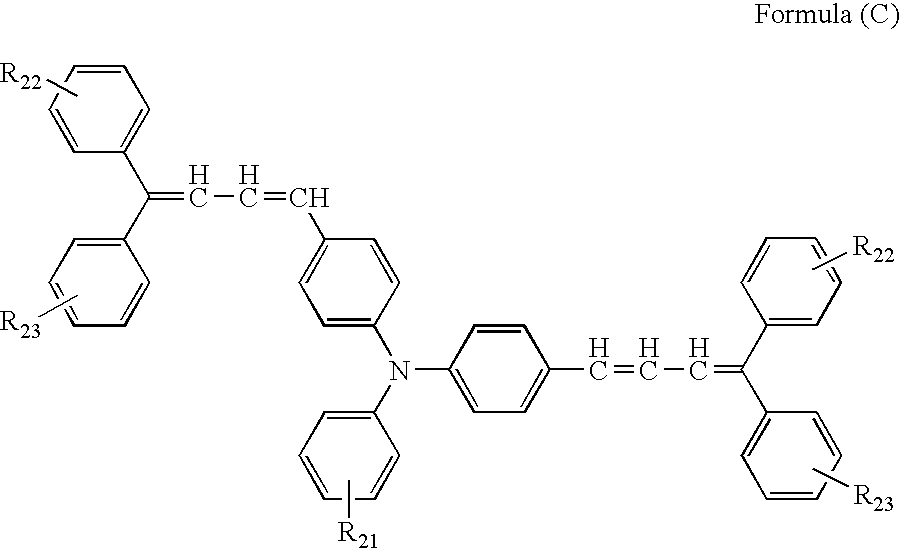Toner for electrostatic image development, electrostatic image developer and image forming method using the same
a technology for electrostatic images and toners, applied in electrographic processes, electrographic processes using charge patterns, instruments, etc., can solve the problems of difficult to achieve a reduction in fixation temperature, difficult to systematically regulate the shape and surface structure of toner particles, and deterioration in storage stability, so as to achieve excellent dispersibility and compatibility in binder resin and the strength of a release agent.
- Summary
- Abstract
- Description
- Claims
- Application Information
AI Technical Summary
Benefits of technology
Problems solved by technology
Method used
Image
Examples
examples
[0287] Hereinafter, the present invention is described in more detail by reference to the Examples. In the following description, “parts” means “parts by weight”.
—Preparation of Non-Crystalline Polyester Resin (1) / Non-Crystalline Resin Particle Dispersion (1a)—
[0288] A two-necked flask dried by heating is charged with 35 mol parts of polyoxyethylene (2,0)-2,2-bis(4-hydroxyphenyl)propane, 65 mol parts of polyoxypropylene (2,2)-2,2-bis(4-hydroxyphenyl)propane, 80 mol parts of terephthalic acid, 15 mol parts of n-dodecenyl succinic acid, 10 mol parts of trimellitic acid, and dibutyltin oxide in an amount of 0.05 mol part relative to these acid components (number of moles in total of the terephthalic acid, n-dodecenyl succinic acid and trimellitic acid), and after a nitrogen gas is introduced into the container, the mixture is heated in the inert atmosphere and subjected to condensation polymerization at 150 to 230° C. for about 12 hours and then gradually depressurized at 210 to 250° ...
PUM
| Property | Measurement | Unit |
|---|---|---|
| melting point | aaaaa | aaaaa |
| temperature | aaaaa | aaaaa |
| temperature | aaaaa | aaaaa |
Abstract
Description
Claims
Application Information
 Login to View More
Login to View More - R&D
- Intellectual Property
- Life Sciences
- Materials
- Tech Scout
- Unparalleled Data Quality
- Higher Quality Content
- 60% Fewer Hallucinations
Browse by: Latest US Patents, China's latest patents, Technical Efficacy Thesaurus, Application Domain, Technology Topic, Popular Technical Reports.
© 2025 PatSnap. All rights reserved.Legal|Privacy policy|Modern Slavery Act Transparency Statement|Sitemap|About US| Contact US: help@patsnap.com



